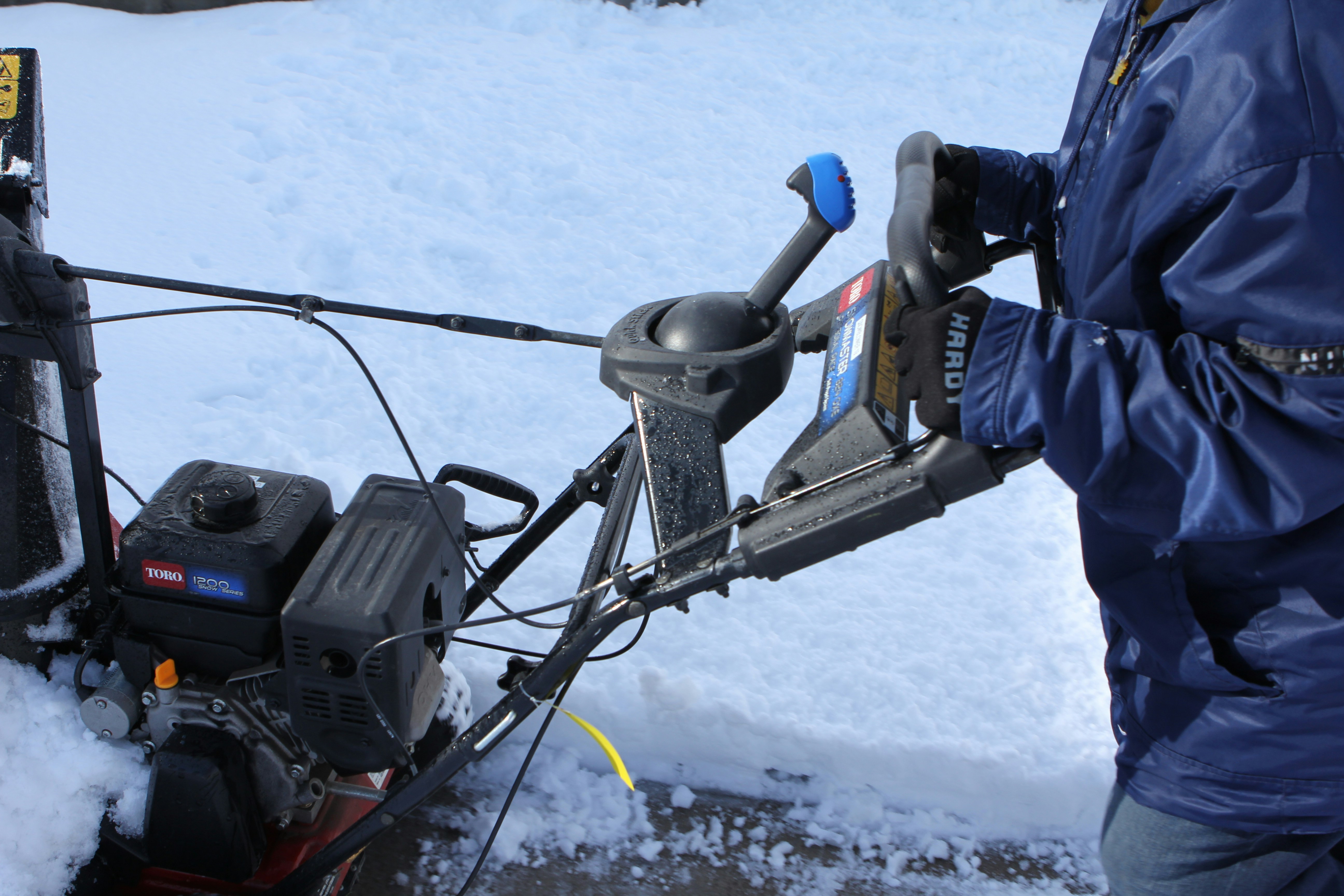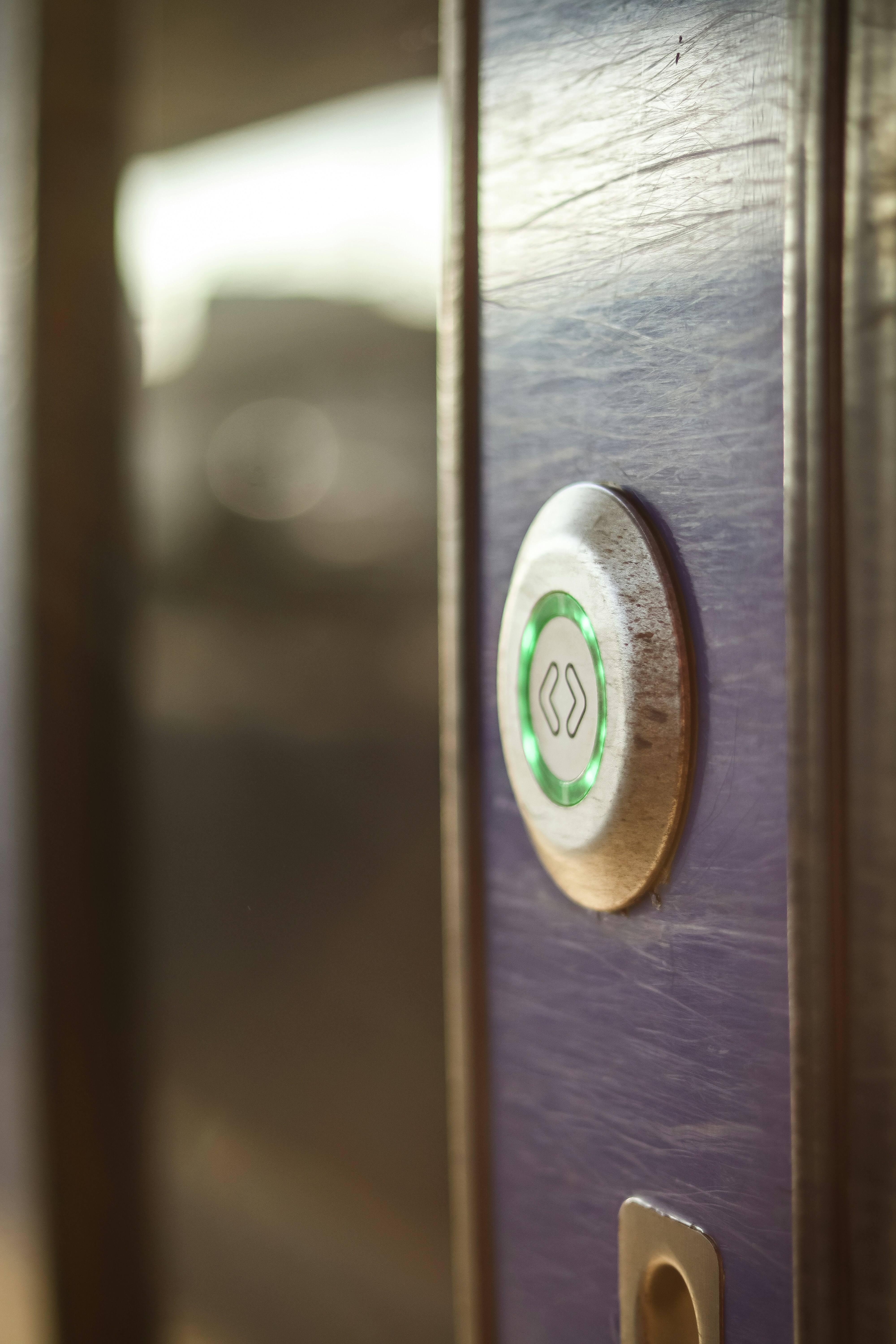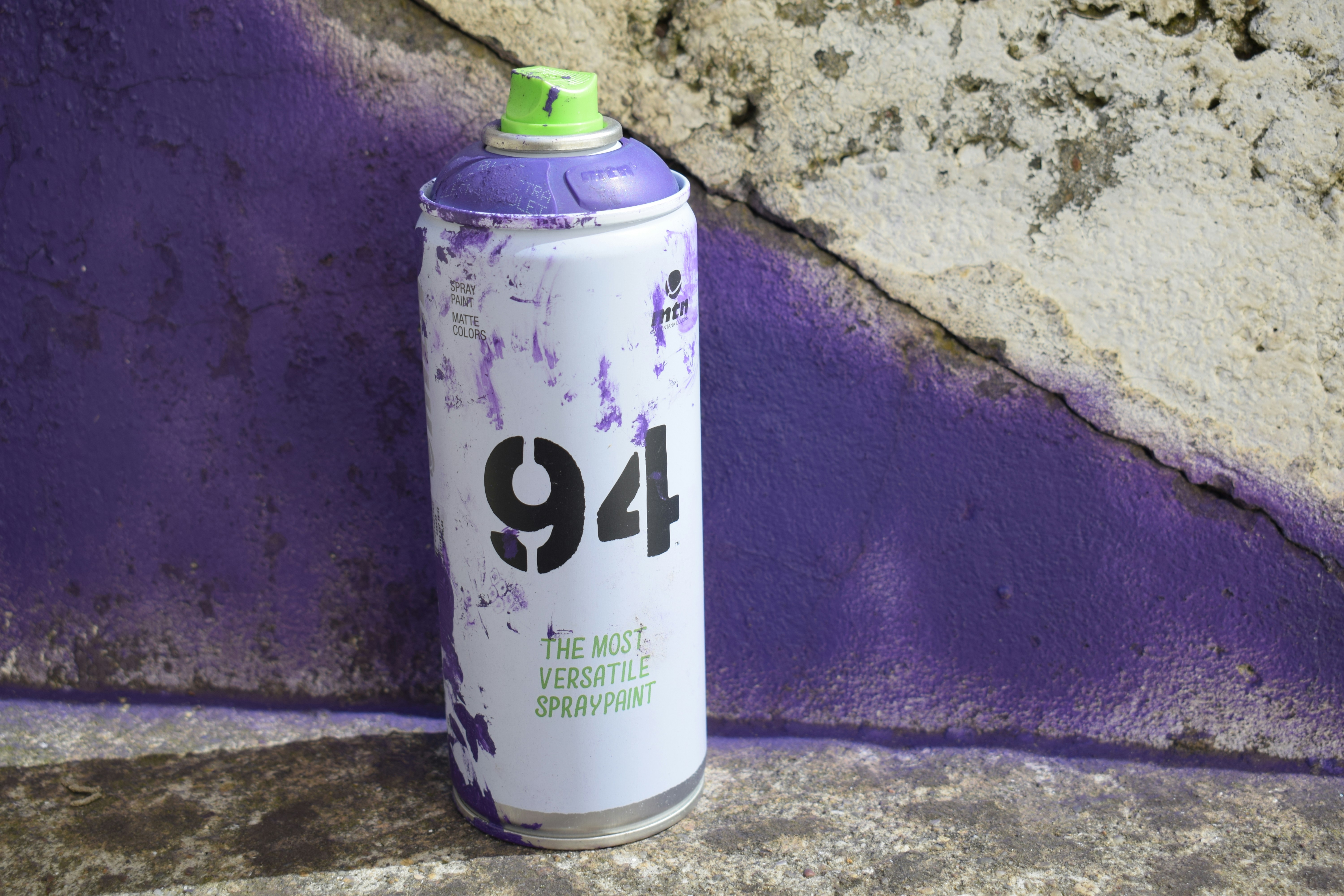Understanding the Winters in Indianapolis
Indianapolis winters are characterized by a distinct cold climate, with average temperatures ranging from approximately 20°F to 40°F. Snowfall is a common occurrence during these months, with an average of around 20 inches per winter season. However, this figure can fluctuate considerably based on yearly weather patterns, resulting in unexpected snowstorms that can dump several inches of snow in a single day. Such variability underscores the importance of being prepared with the appropriate snow removal equipment.
Homeowners in Indianapolis face several challenges during winter, primarily due to the unpredictable nature of snow accumulation. The depth and frequency of snowfall can create significant obstacles, causing driveways, sidewalks, and roadways to become impassable. Neglecting snow removal can lead to hazardous conditions, increasing the likelihood of slips and falls, and making it difficult for emergency services to navigate the area if needed. With snow typically covering the ground for several months, it is crucial for residents to have an effective snow blower that can handle varying snow depths efficiently.
The impact of winter storms can also extend beyond safety; accessibility becomes a critical concern. During heavy snowfall events, many individuals find themselves stranded or unable to leave their homes without reliable snow removal measures. Thus, selecting an appropriate snow blower not only enhances personal safety but also ensures that daily routines are minimally disrupted. By considering the necessary features of a snow blower—such as power, width, and the ability to tackle different types of snow—homeowners can make informed decisions regarding their winter preparedness.
Overall, understanding the winter climate of Indianapolis and its associated challenges is vital for selecting the right snow blower. Doing so can significantly improve snow removal efficiency, ensuring that homes remain accessible and safe during the harsh winter months.
Types of Snow Blowers: Which One is Right for You?
When preparing for the cold winters in Indianapolis, selecting the right type of snow blower becomes crucial. The market offers a variety of snow blowers, primarily categorized into three types: single-stage, two-stage, and three-stage models. Understanding the differences between these options can help you make an informed decision tailored to your needs.
Single-stage snow blowers are ideal for light to moderate snowfall, typically up to eight inches. They utilize an auger—usually powered by either gas or electric—that both collects and propels snow in one motion. Their lightweight design makes them easier to maneuver, which is particularly appealing for homeowners with smaller driveways or walkways. However, they may struggle with heavy, wet snow.
Two-stage snow blowers are more robust and suited for heavier snow conditions. They feature an auger that feeds snow into a separate impeller, which then discharges it away from the path. This design allows for greater throwing distances, making it effective for deeper accumulations often seen in Indianapolis winters. Two-stage models are available in both gas and electric variants, providing flexibility regarding power sources.
If you encounter extreme snowfall, consider a three-stage snow blower. These machines incorporate an additional auger, improving the efficiency and speed at which snow is cleared. Their powerful engines can tackle the heaviest of snowfalls, making them a wise investment for larger properties or areas prone to significant winter weather. However, they tend to be heavier and may require more maintenance than their two-stage counterparts.
When assessing your needs, consider the size of your property, the average snowfall you typically receive, and your physical capacity for handling equipment. In addition, evaluating ease of use and maintenance requirements will ensure you select a snow blower that meets both your lifestyle and snow-clearing expectations.
Key Features to Look for When Selecting a Snow Blower
When selecting a snow blower suitable for the winter conditions in Indianapolis, it is essential to pay close attention to various key features that can significantly impact its performance and usability. One of the primary factors to consider is the clearing width. This measurement dictates how wide a path the snow blower can handle in a single pass. Typically, wider clearing widths mean less time spent clearing snow, making it an advantageous feature for those dealing with heavy snowfall.
Another important feature is the throwing distance. Snow blowers vary in how far they can throw snow, and this can impact not only efficiency but also safety. A machine with a longer throwing distance allows operators to direct snow away from driveways or walkways, reducing the need for additional shoveling. Engine power, typically measured in horsepower, is also vital. A more powerful engine can handle deeper or heavier snow, allowing for effective snow removal even in harsh conditions.
Consider the weight and maneuverability of the snow blower as well. Lighter models offer easier handling, especially on sloped driveways or sidewalks, while heavier models may be more robust but can be cumbersome. Features such as heated handles or electric start can significantly enhance user comfort, especially during extreme temperatures.
Price points for snow blowers can vary widely based on the features offered. Lower-end models might suffice for occasional use, while those who require regular snow removal may find value in investing in a more powerful, feature-rich machine that offers longevity and efficiency. Ultimately, the right choice hinges on weighing individual needs, snowy conditions, and budgetary constraints.
Preparing Your Snow Blower for Optimal Performance
To ensure your snow blower operates efficiently during the harsh winters of Indianapolis, proper preparation and maintenance are critical. Before the snow begins to fall, performing a comprehensive pre-season inspection can help prevent unexpected breakdowns. Begin by checking the fuel levels, as using fresh fuel is essential for peak performance. If the snow blower has been stored for an extended period, drain old fuel and replace it with a new mix to avoid engine issues.
Next, attention to the oil is paramount. Regular oil changes are necessary to keep the engine running smoothly. Consult the manufacturer’s guidelines for the recommended oil type and frequency of changes. Additionally, inspect the oil filter and replace it if needed. This simple task can significantly enhance the longevity and reliability of your equipment.
A thorough examination of all moving parts is also vital. Check the auger, belts, and impeller for wear and tear, ensuring they are functioning correctly. Lubricate any moving components to allow seamless operation. Additionally, inspect the shoes and skids to guarantee that they are in good condition, as they help maintain the optimal height and performance of the snow blower.
Storage plays a crucial role in the long-term care of your snow blower. Ideally, it should be stored in a dry, sheltered location to protect it from the elements. Consider using a cover to keep dust and debris away. During operation, be mindful of handling your equipment to avoid unnecessary wear.
Finally, familiarize yourself with common troubleshooting tips. Knowing how to address issues such as clogged augers or stalling engines can save time and ensure uninterrupted snow clearing. By committing to regular maintenance and proper handling, homeowners can enhance the effectiveness and durability of their snow blowers throughout the winter months.
If you’re interested in purchasing the item you seek, please click the link for additional details: #americanachoice.
https://amzn.to/3SBN3Oy
AFFILIATE DISCLOSURE: I am an affiliate for this company, I am not a paid employee.
I may receive a commission if you click a link on this page and choose to purchase something.
You can rest assured I will only share things I believe in and will be valuable to you.



